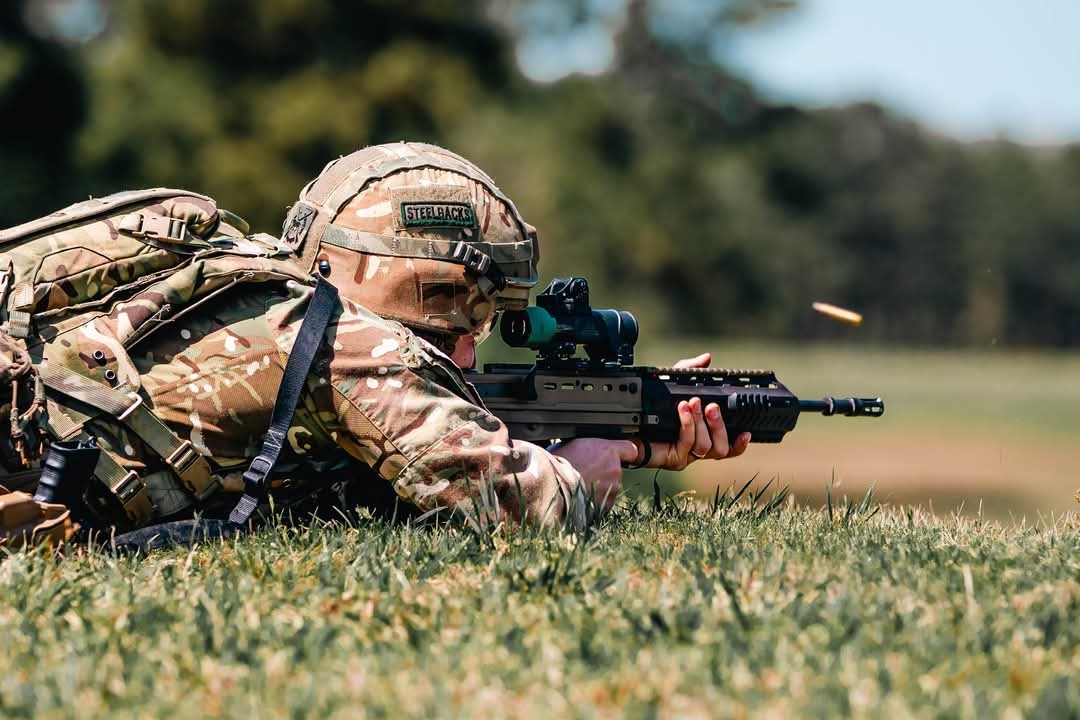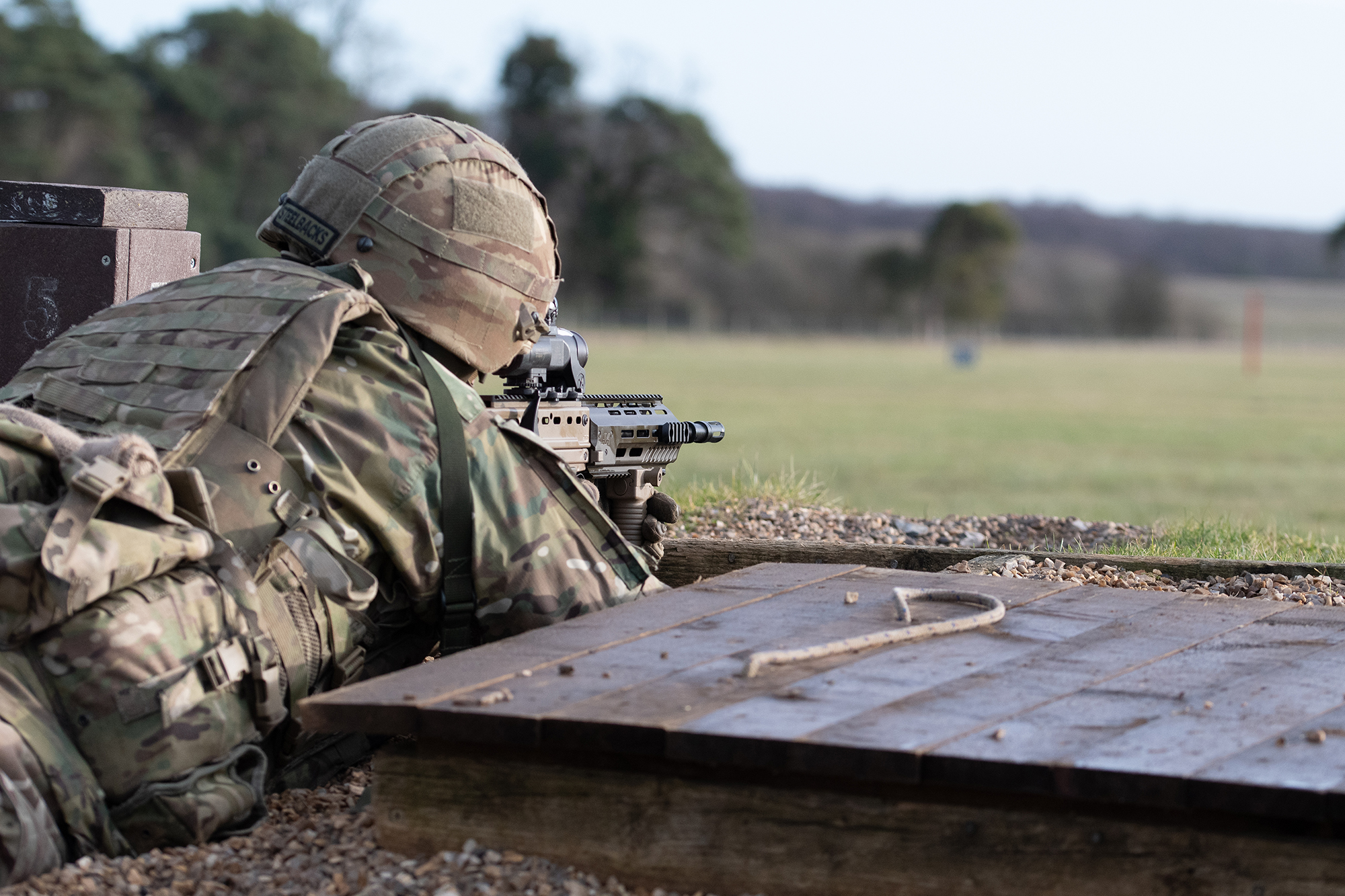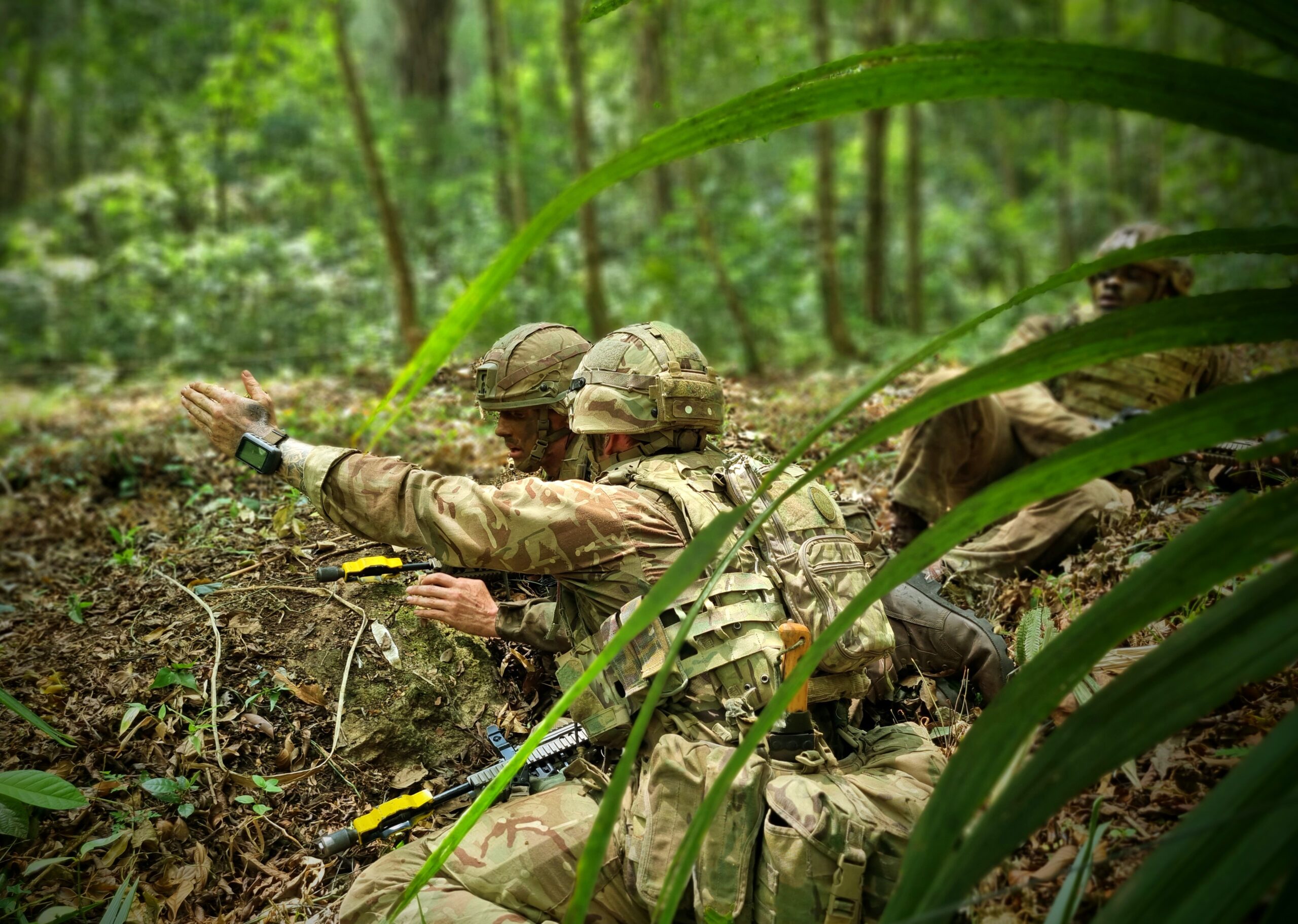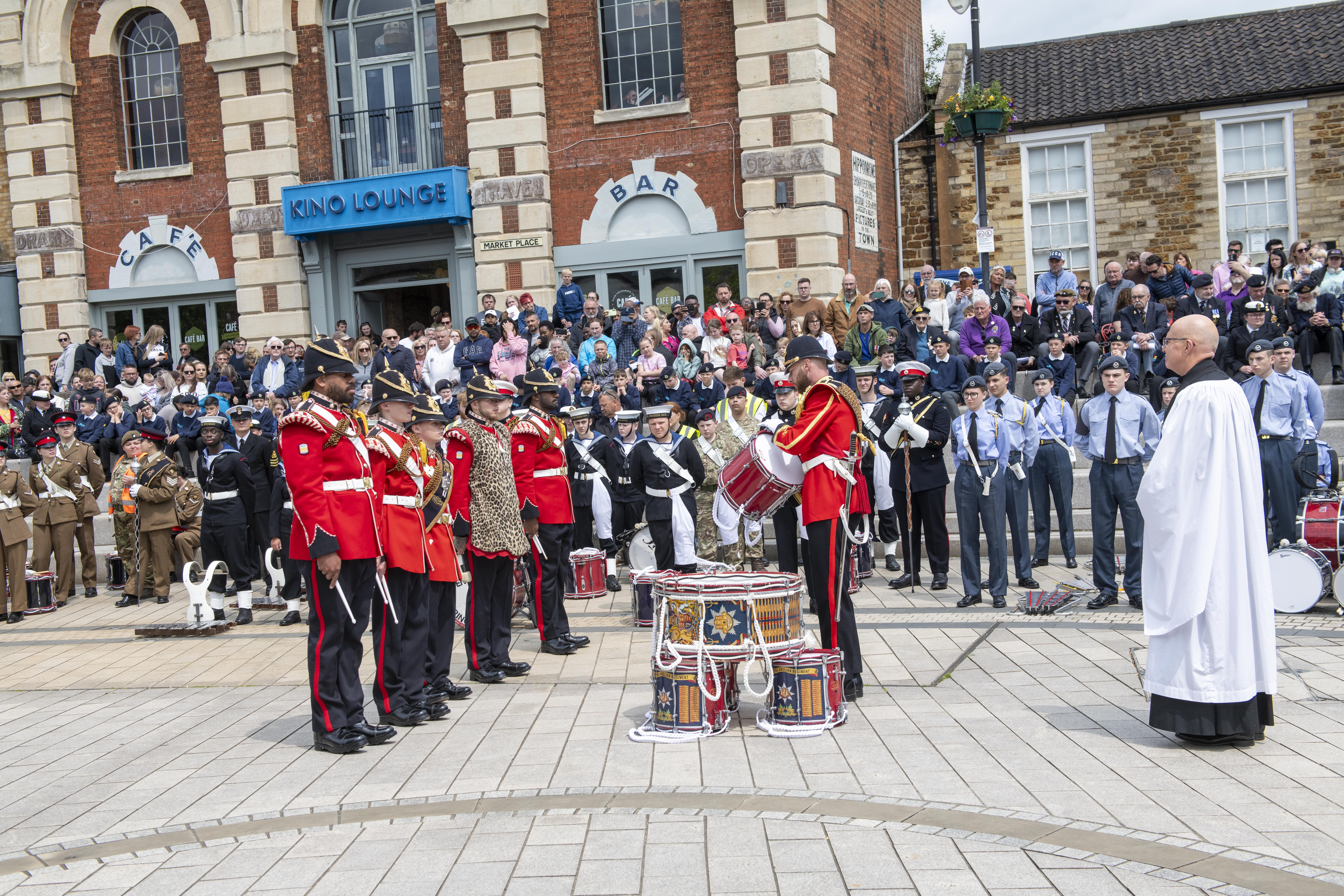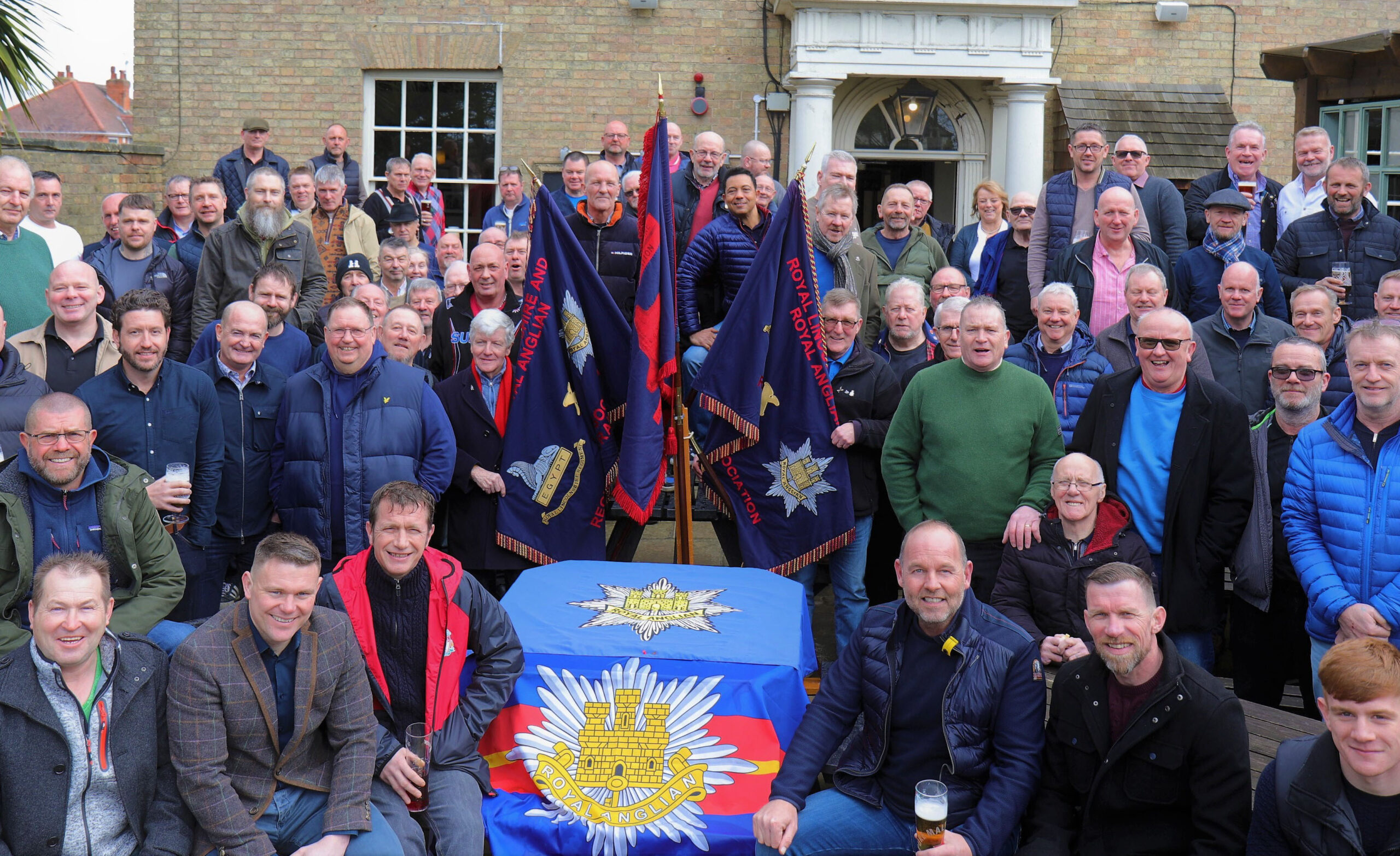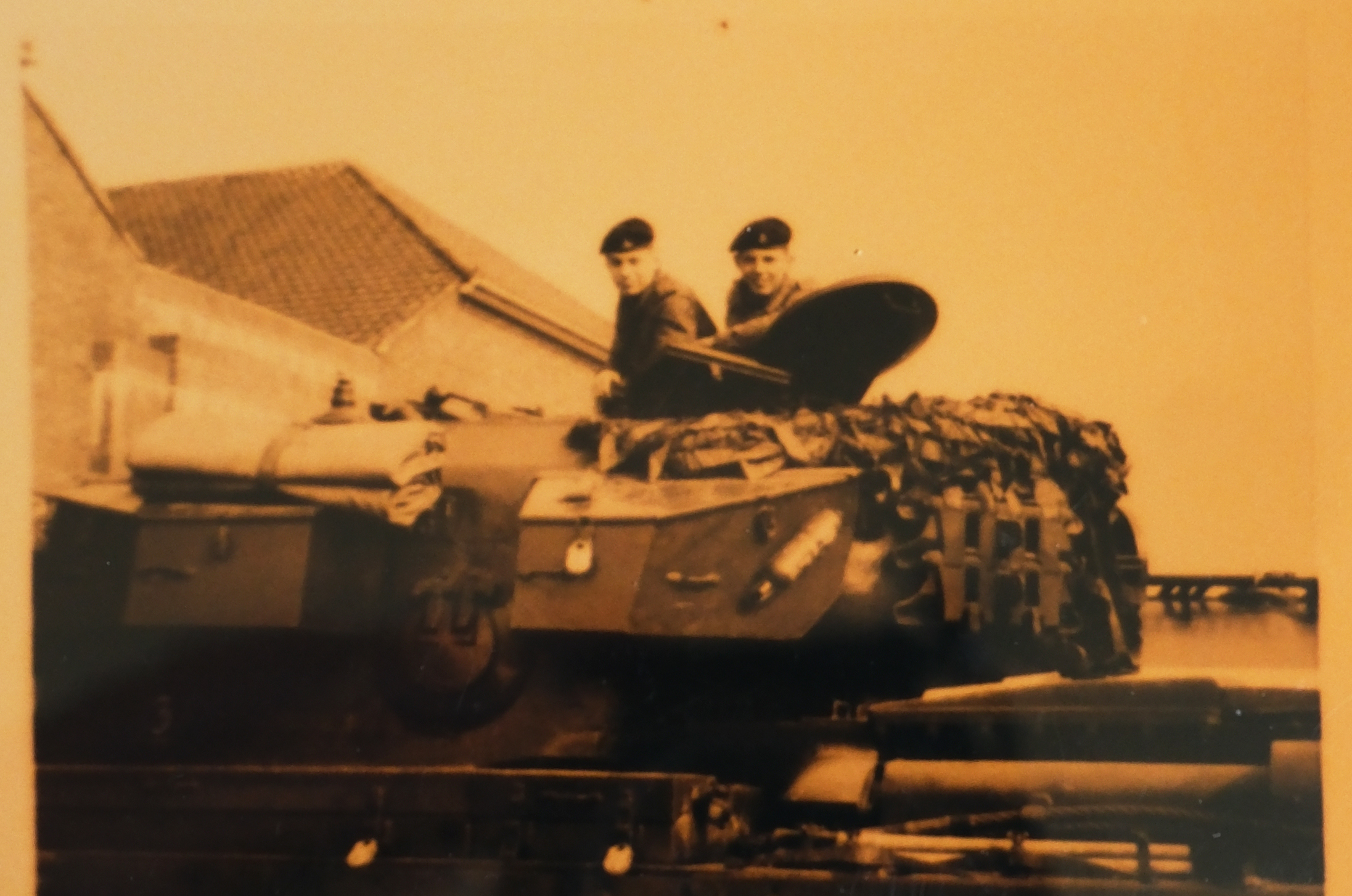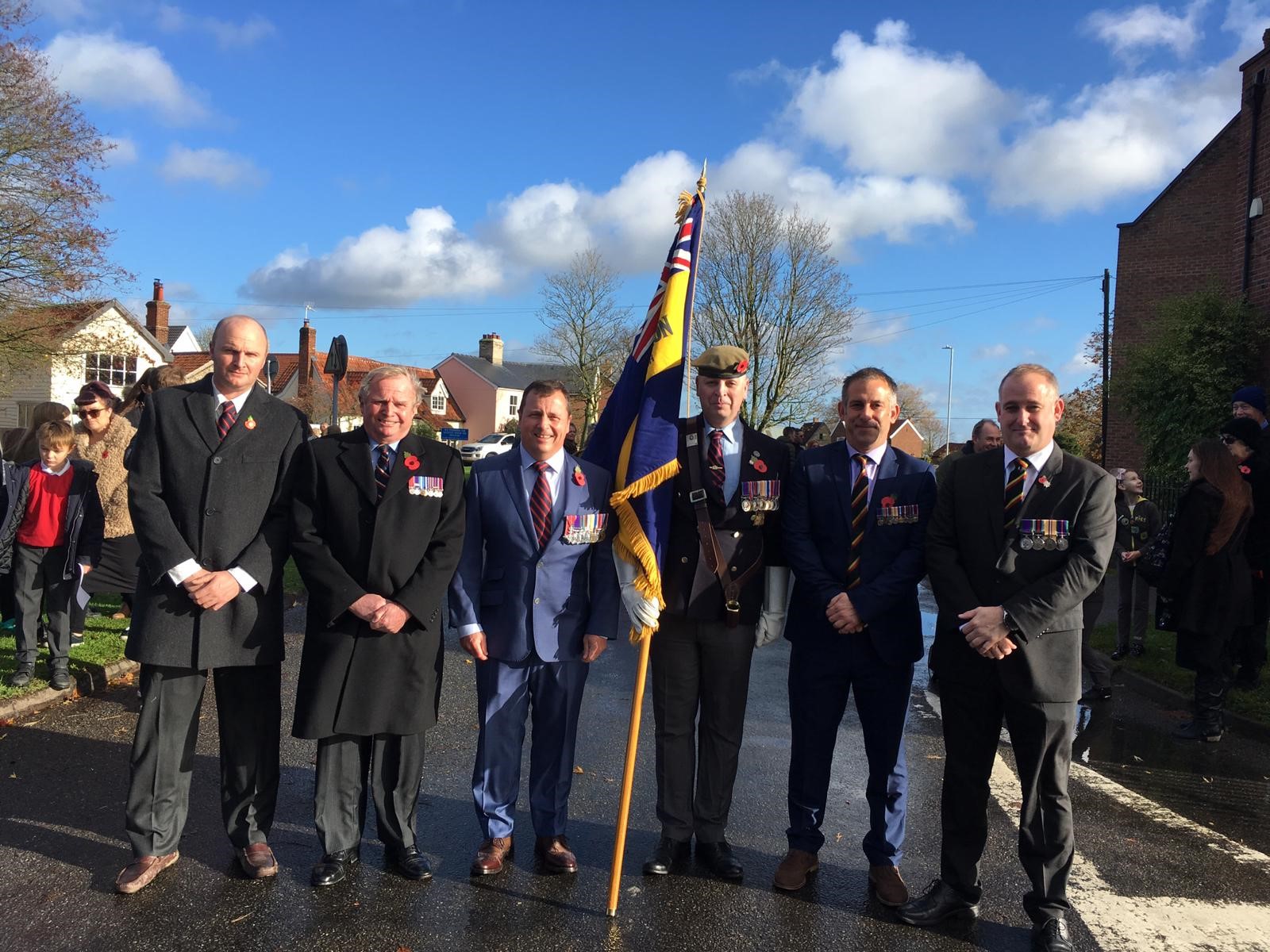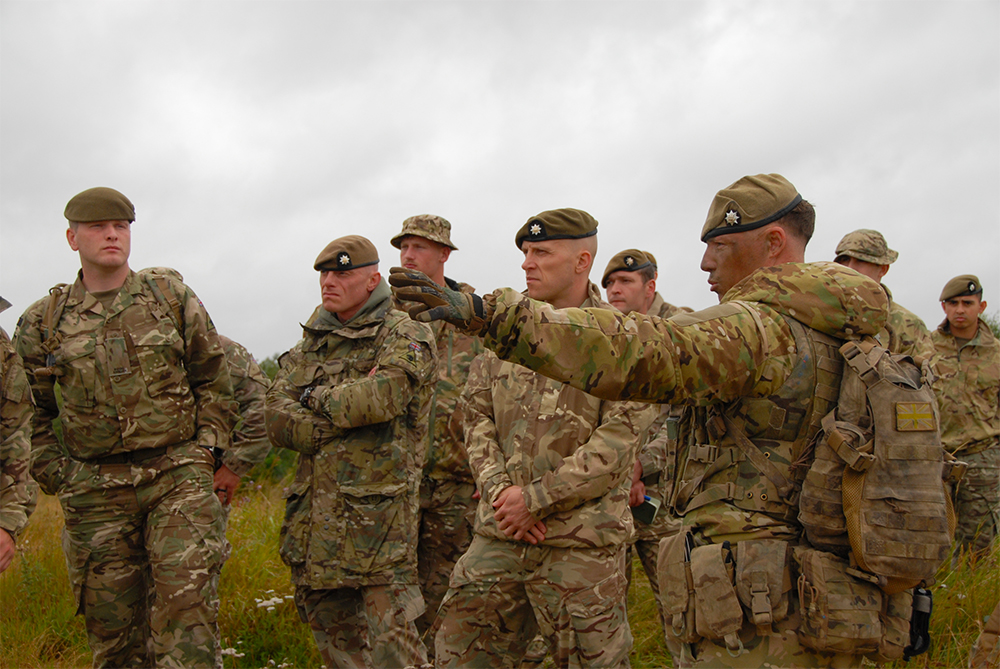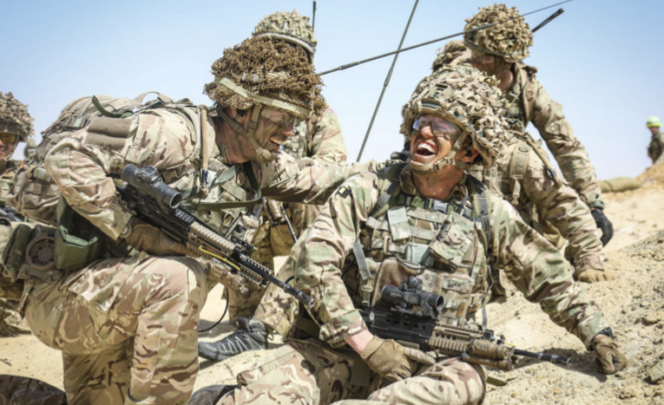
Regular Army - 1st and 2nd Battalions
The Regular Army of today really traces its origins back to the Restoration of Charles II as King of England in 1660. Parliament, remembering previous power struggles with the Monarchy, kept a tight control on the formation of a standing Army. Regiments of Foot – as infantry units were then called – were raised from time to time and although they had a fixed numerical seniority they were known by the names of the colonels currently in command.
Gradually names fell out of use and numerical titles predominated. This was made the official system in 1751. In 1782 regiments of foot were affiliated to counties, in an attempt to help recruiting.
The next major change came with the Cardwell reforms in 1881 when numbers were dropped and county titles formalised. Additionally, regiments of foot which only had one battalion were amalgamated so that all regiments had two battalions, the idea being that one would be serving overseas and the other at home.
Significant expansions took place during both World Wars but the two-battalion regiment essentially remained until the late 1940s when all second battalions were disbanded.
In the late 1950s further cutbacks in the size of the Army occurred, and the 1st, 2nd and 3rd East Anglian Regiments were formed in 1959, 1960 and 1958 respectively. Then on 1 September 1964 those three regiments and the Royal Leicestershire Regiment were merged into one ‘large regiment’, the Royal Anglian Regiment, with four regular battalions. Subsequently, in 1970 and 1992, two of those battalions were disbanded leaving the Regiment with only two regular battalions today.
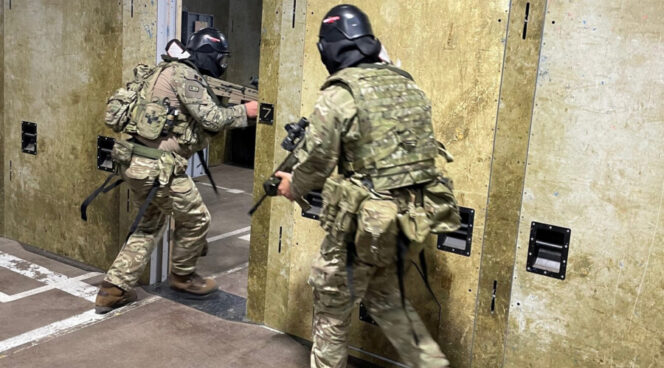
Army Reserves - 3rd Battalion
Volunteers, originally referred to as ‘trained bands’, and militia have existed for several hundred years, with their strength rising and falling according to the threats facing the country. They were available only for service at home, and originally loosely organised on a local basis under the control of the Lord Lieutenant of each county.
As part of the Cardwell reforms of 1881 the volunteers and militia became formally associated with the Regular Army as ‘volunteer battalions’ of their county regiments. This association was further strengthened by the Haldane reforms of 1908 which created the Territorial Force (TF), later to become the Territorial Army (TA). Again there was much expansion in both World Wars, and much reorganisation after World War 2.
When the three East Anglian Regiments and the Royal Anglian Regiment were formed their TA battalions remained in being, still with their old county titles. Between 1967 and 1971, however, the TA was reorganised and that led to the formation of the 5th, 6th and 7th (Volunteer) Battalions of the Royal Anglian Regiment. Subsequent cutbacks have reduced the strength to just one battalion, now numbered the 3rd Battalion, part of what is now the Army Reserve.


